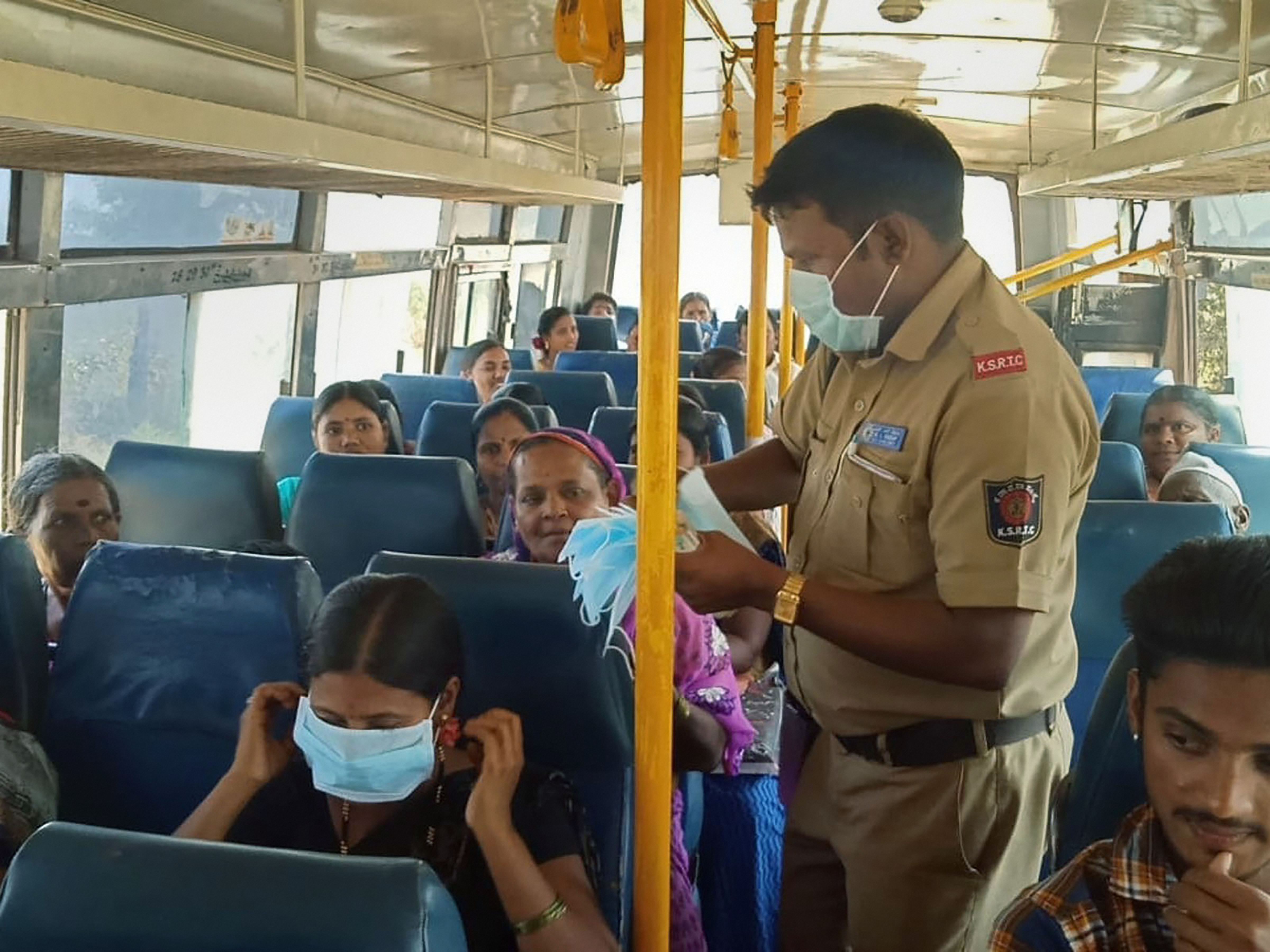
COVID-19: Where does India stand one week after its 100th case?
India’s response to COVID-19 appears to be good since the rate of increase in the number of new cases over the last week shows that the country still has time to contain the outbreak.

India’s response to COVID-19 appears to be good since the rate of increase in the number of new cases over the last week shows that the country still has time to contain the outbreak.
India reported 208 new cases over the last seven days while the total count shot up to 315 as of March 21.
Data regarding the coronavirus outbreak in countries that are severely affected shows that the first two weeks after crossing 100th case-mark is the most crucial period in containing the spread of the virus.
Those first two weeks was the time when an exponential growth in the number of infections was observed in those countries.
Exponential growth refers to a steep hike. In this case, it refers to a massive rise in the number of new cases reported every day within a certain period of time.
The data regarding confirmed cases in seven severely affected countries shows the same trend. These countries include Italy, Spain, USA, Germany, Iran, France, and South Korea.
Among these countries, Iran was the worst hit during the first week since the cases jumped from 139 to 2336.
Italy, which has currently recorded 53,578 cases as of March 21, had reported 971 new cases in one week after it crossed the 100-cases mark.
Spain jumped to 674 cases from previous its 120 cases in a week following the day it reached the mark of 100 cases.
In India, the increase in the number of cases seems to be comparatively low as of March 22. India reported 107 cases on March 15. However, it reached 315 cases in the next seven days. This indicates that 208 new cases were recorded in India.
Nevertheless, the number of new confirmed cases in India in the first week post the 100-cases mark is much less when compared to the 971 cases recorded in Italy during the same period, where the situation went out of control.
The number of cases on the seventh day after the 100-case mark too is reassuring for India at the moment. Iran had reported the highest number of cases (835) on the seventh day while India added 79 new cases on the same.
The trend in increasing cases in India substantiates the fact that it still has time to curb the spread of the virus before it goes out of control.
WHO’s praise
Dr. Henk Bekedam, the WHO representative to India, praised the country’s response to the outbreak on March 17. News agency ANI quoted him as saying, “The commitment from the Indian government, the Prime Minister’s Office has been enormous, very impressive. It is one of the reasons why India is still doing quite well. I am very impressed that everyone has been mobilised.”
He added that the India had so far managed to keep cases low by responding fast and aggressively to the pandemic and urging people to practice social distancing. India had registered 137 positive cases at that time.
Related news | India reports its highest COVID-19 deaths in a day as toll touches 7
Flattening the curve
In this situation, it is very important to flatten the curve of infections to contain the spread at the earliest.
In simple words, the number of infections should be spread over the maximum number of days possible than by spreading in just one week or less than that. This is because the faster the number increases, the quicker the health system will be crippled.
An overload on the health systems will create a situation like the one in Italy where health system resources are running out while infections are on a steady rise.
Related news | COVID-19: Air quality picking up in quarantined countries, say experts
On the other hand, if we could flatten the curve i.e. slow down the daily infection rate, our health system will sustain longer. As a result, this would enable the already admitted patients to get the better care and cure. Since there is no vaccine available to cure the COVID-19, the only way to flatten the curve is the use of preventive measures.
These measures include social distancing (avoid close contact physically with people), periodically washing hands, and self-isolation when feeling sick or symptomatic to COVID-19. All these measures demand collective action from all citizens.
The effectiveness of these measures is evident from the decline in the rate of fresh cases in countries like China, Singapore, Taiwan, and Hong Kong. Thus, India still can ‘flatten the curve’ by means of preventive action.


